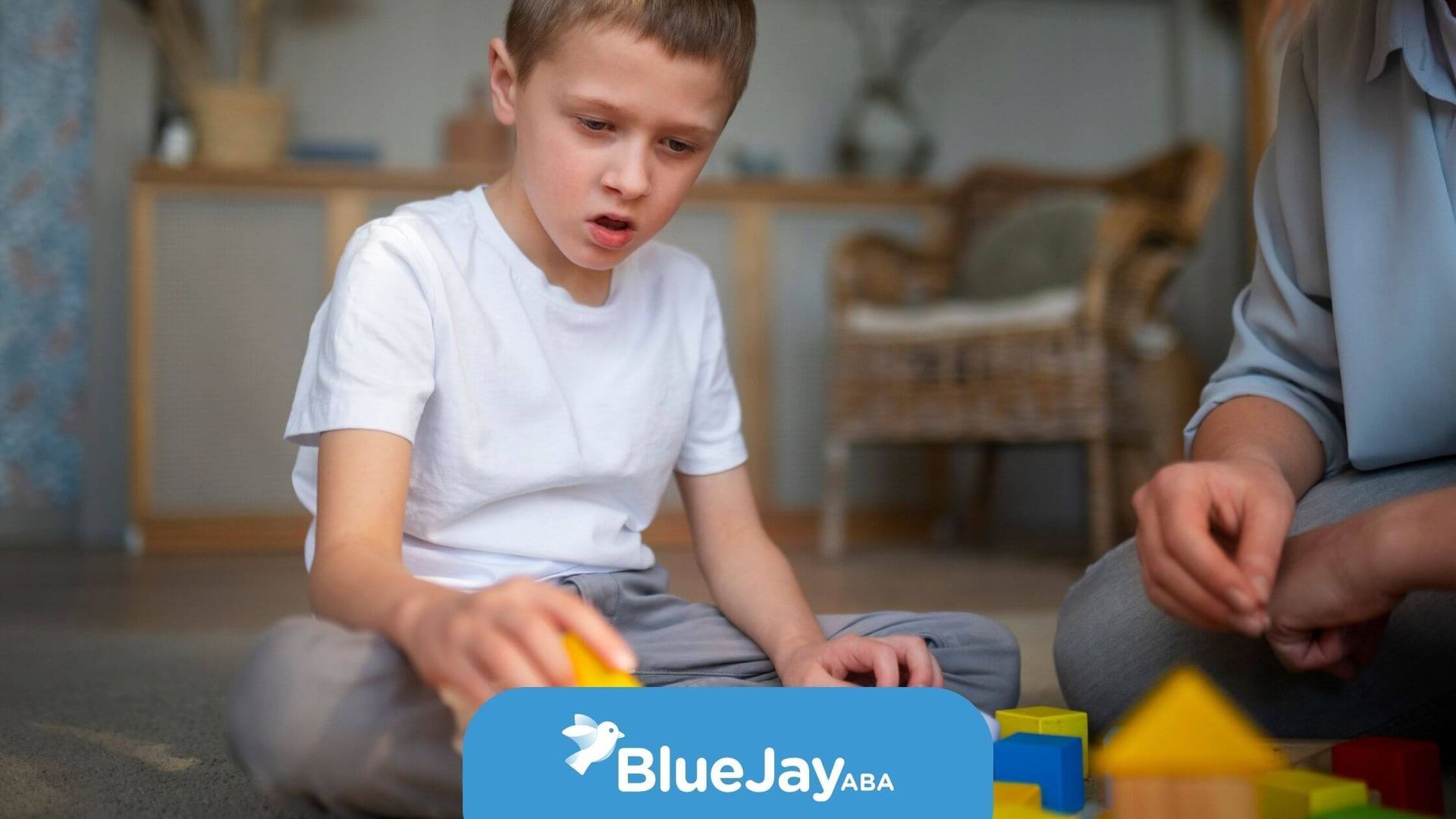What Are the Three Basic Principles of ABA?
Applied Behavior Analysis (ABA) is built on three core principles that guide how learning and behavior change happen effectively. Understanding these principles helps explain why ABA is so successful in supporting children with autism.
- Antecedent – What Happens Before a Behavior:
This is the trigger or situation that occurs before a behavior. For example, being asked to clean up toys might lead to resistance or cooperation. - Behavior – The Action Itself:
This refers to what the individual does in response. ABA focuses on observing and defining behaviors clearly so progress can be measured. - Consequence – What Happens After the Behavior:
Consequences influence whether a behavior happens again. Positive reinforcement, like praise or rewards, helps strengthen desired actions over time.
By consistently applying these principles, ABA therapy helps children build skills, manage challenges, and gain independence in real-life situations.
At Blue Jay ABA, we bring these principles to life through personalized, in-home ABA therapy in North Carolina, helping children thrive one small step at a time.
Ready to see positive behavior changes? Contact us today!
SOURCE:
https://www.thechicagoschool.edu/insight/psychology/scientific-concepts-applied-behavior-analysis/
https://www.pattan.net/getmedia/c46a2333-b127-41e9-86bf-89e39cab487c/1_ABA_Principles_Day_1
https://psycnet.apa.org/record/2023-11668-033
https://en.wikipedia.org/wiki/Applied_behavior_analysis
https://quizlet.com/12132543/basic-principles-of-aba-flash-cards/
Related Posts






